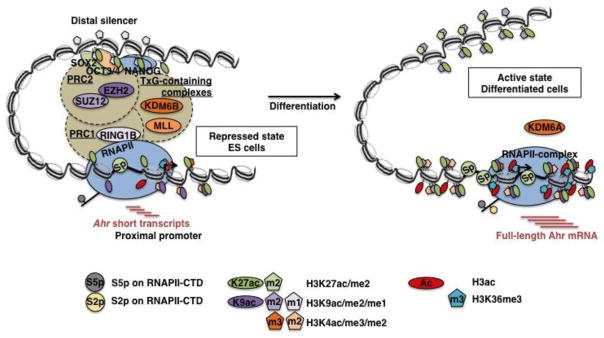Fig. 7. Schematic model of the transition of Ahr expression from the repressed state in pluripotent ES cells to the activated state in differentiated cells.

The model integrates the results from this study into a prior knowledge base. In pluripotent ES cells, Ahr is repressed by binding of pluripotency factors OCT3/4, NANOG, and SOX2 on its distal silencer region and pausing of unproductive RNAPII-S5p+S2p− on the proximal promoter region; short Ahr transcripts are produced in these cells. RNAPII pausing is the likely consequence of the cooperation between pluripotency factors and PcG proteins in PRC1 and PRC2 that interact with their antagonists TxG proteins. This active but primed state of the Ahr promoter in ES cells does not show an enrichment of repressive histone marks but maintains a basal level of histone acetylation, tri-/di-methylated H3K4, and binding of Sp-factors on the proximal promoter domain. Differentiation signals resolve the Ahr promoter into an activated state, characterized by the release of pluripotency factors and PcG proteins from their binding sites, acquisition of histone marks for open chromatin, recruitment of Sp-factors on the proximal promoter region, and engagement of active RNAPII-S5p+S2p+ to synthesize mature Ahr mRNA.
